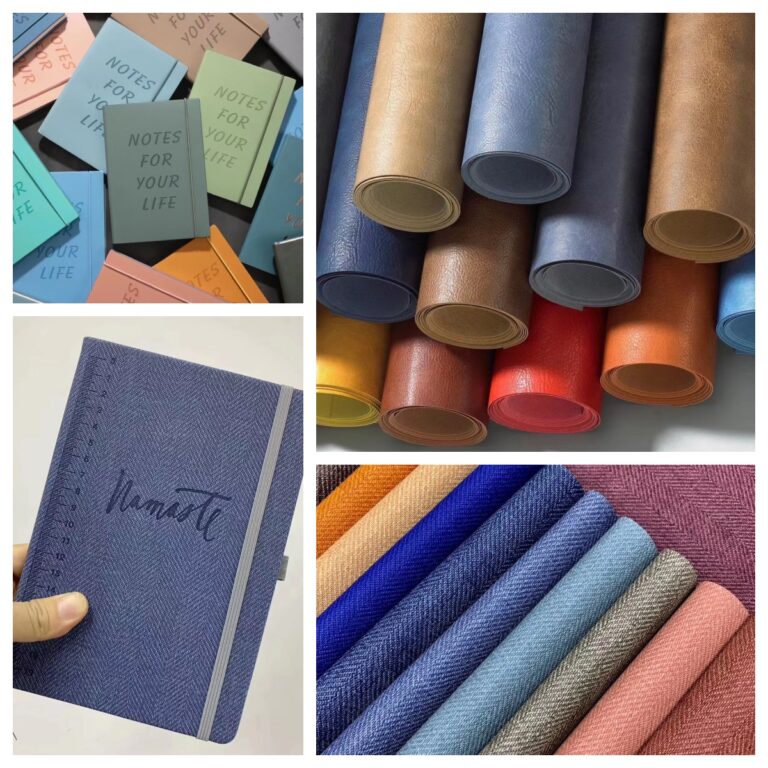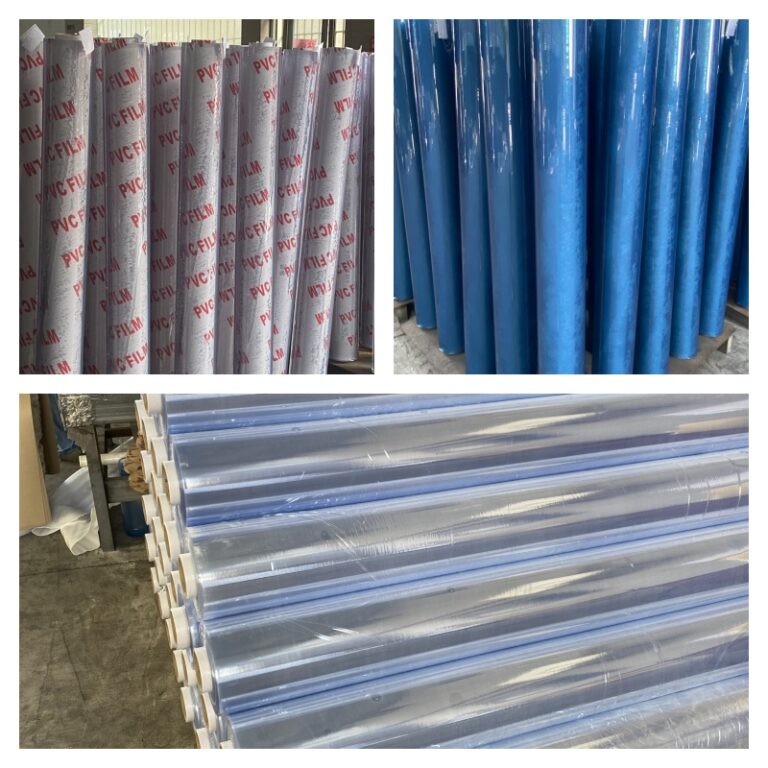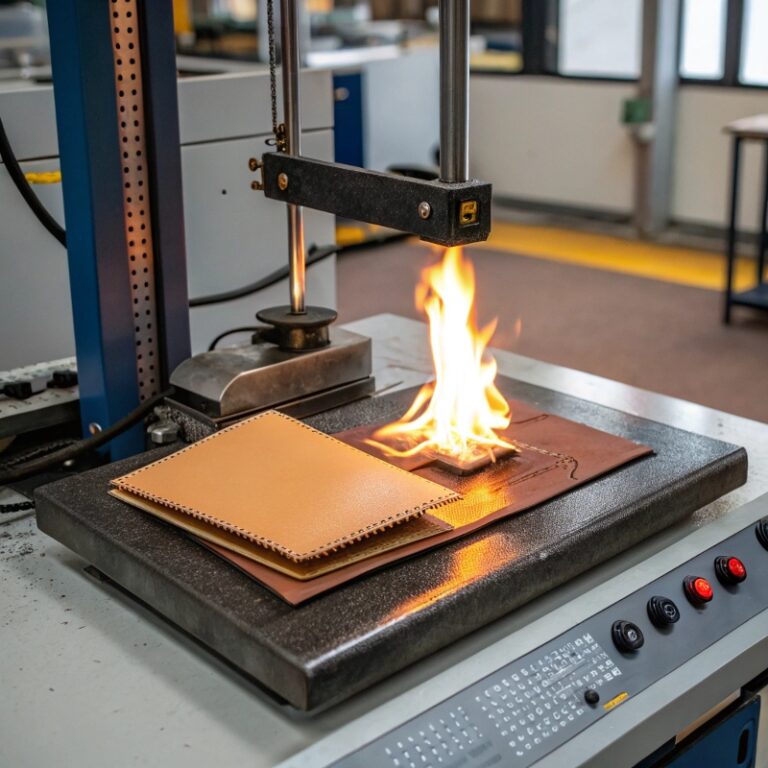Common fire proof standards in artificial leather production?
I have met people who feel confused by so many fire safety standards. They worry about picking the wrong test, failing regulations, and risking product recalls.
For artificial leather production, common fire proof standards aim to lower flammability and smoke toxicity, ensuring furniture, transport seating, and other products meet strict local laws.
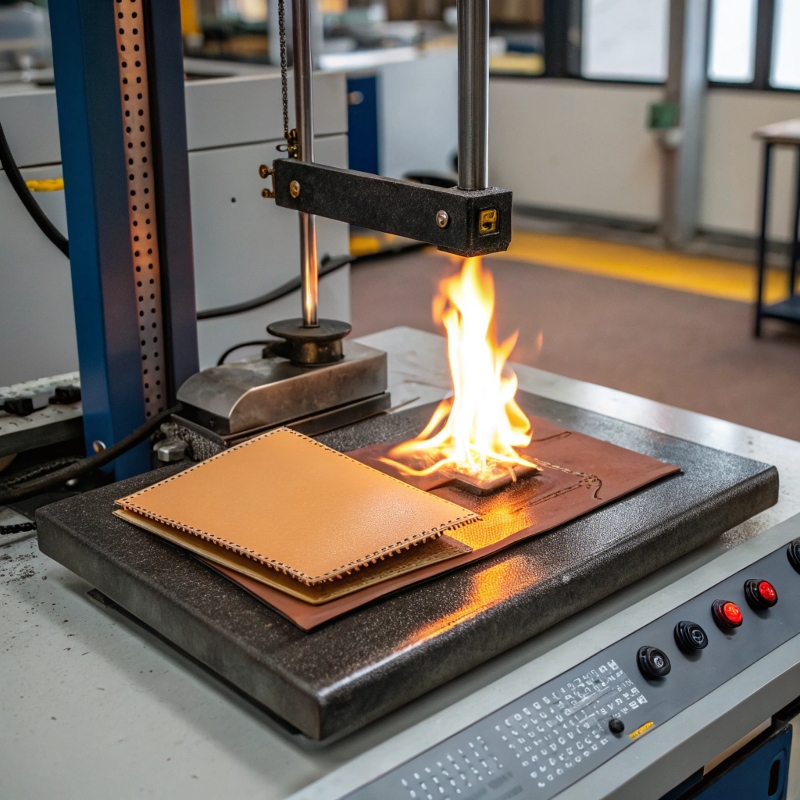
I have guided many factories through these standards, showing them practical approaches to add flame retardants or tweak lamination steps.
I want to share my observations so you feel more confident choosing materials.
Which kind fire proof stands in artifici leather for furniture and sofa?
I saw customers panic when they found diverse testing requirements for upholstered items across countries.
They feared fines or sales bans if they shipped the wrong product overseas.
For sofa or furniture, common tests include California Technical Bulletin 117 (CAL 117 / TB 117-2013) in the U.S. and BS 5852 in the UK. Both define flammability and ignition resistance.
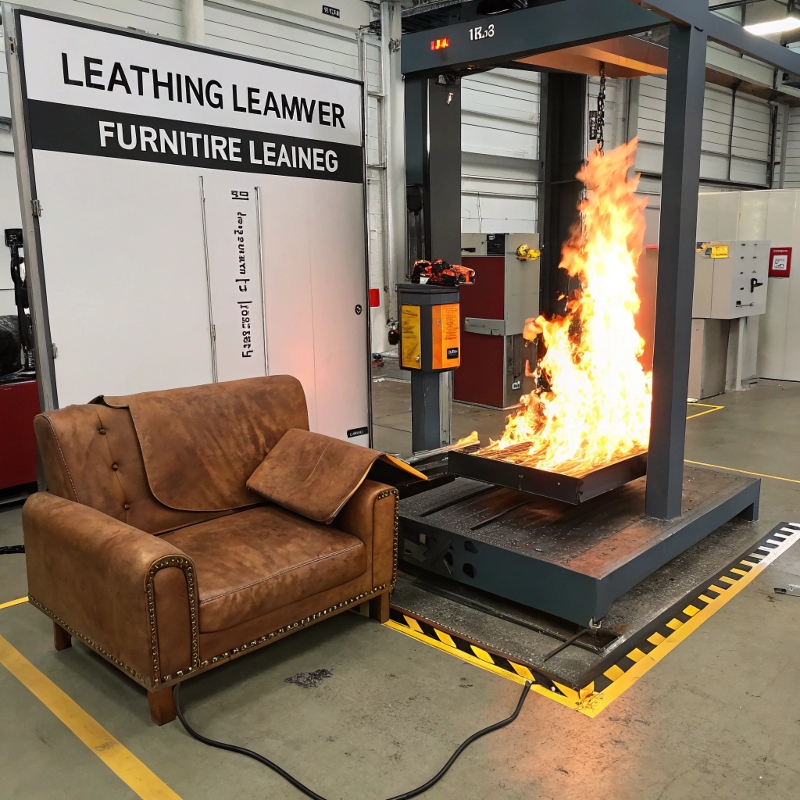
I recall working with a local sofa factory that wanted to ship to the UK. They needed to comply with BS 5852 to avoid refusal at the port of entry.
We tested multiple formulations of fireproof additives in the PVC layer. After many attempts, we found an approach that passed the “cigarette smolder” test and the “match flame” test.
The client could confidently label their products as meeting UK regulations. This success story reminded me how pivotal it is to know the local standard from the start.
Below is a breakdown of common standards for furniture or sofa:
| Standard | Region | Key Points |
|---|---|---|
| CAL TB 117-2013 | United States | Tests smolder ignition from cigarettes, sets flammability limits |
| BS 5852 | United Kingdom | Tests furniture with ignition sources like cigarettes, matches |
| EN 1021 | Europe | Tests resistance to smoldering and small flame sources |
When I operate under WanDao, I often consult on ways to meet these regulations using custom coatings and flame-retardant compounds.
This also connects to our brand mission:“Dedicated to providing high-quality, eco-friendly leather and fabric solutions for customers worldwide.”
I see that collaboration with test labs can ease initial confusion. We recommend small-scale sample testing first, then we adjust formulations quickly.
We keep the lead time short by performing rapid sampling in under seven days.
Which kind fire proof stands in artifici leather for rail way transport?
I have seen suppliers scramble over strict transport rules. They worry about train seat covers that might release toxic smoke in an emergency.
They want to keep travelers safe and meet approvals from railway authorities.
For rail applications, the standards can include EN 45545-2 in Europe, TB/T 3237 in China, and others. These measure flame spread, heat release, and smoke toxicity.

I once helped a factory working on a project for the European railway market.
They requested artificial leather that complied with EN 45545-2’s R1 or R2 requirements.
We tested different flame retardants and backing fabrics until we reached the needed HL (Hazard Level).
This level addresses smoke density, toxicity, and flame propagation. The entire process took multiple test cycles.
I remember the joy in their voices when we confirmed final compliance.
Below is a table that explains some railway-related standards:
| Standard | Region | Main Focus |
|---|---|---|
| EN 45545-2 | EU Railway | Smoke density, toxicity, flame spread, heat release |
| TB/T 3237 | China High-Speed Rail | Fire safety, low smoke and toxicity for train seating materials |
| NFPA 130 | US Railway, sometimes used | Fire protection and life safety in rail transit systems |
I like to remind clients that while flame retardancy is key, controlling smoke toxins is just as important.
Many rail standards demand that materials release minimal toxic fumes, giving passengers time to exit safely if a fire happens.
That is why I spend so much effort choosing the best raw materials, focusing on low-VOC flame retardants.
When I connect with factories, I emphasize the synergy between production processes, supply chain, and final testing to ensure our approach matches the regulations.
What are the standards for fire retardant?
I have heard confusion around the general concept of fire retardant standards.
People see acronyms like CAL TB 117, BS 5852, JT1095, or EN45545-2 and freeze up.
They may not know each standard’s scope or the difference in testing conditions.
**Fire retardant standards test how materials react to flames, heat, or smoldering.
They measure ignition time, burn rate, smoke density, and toxins. Requirements vary by region and industry.**
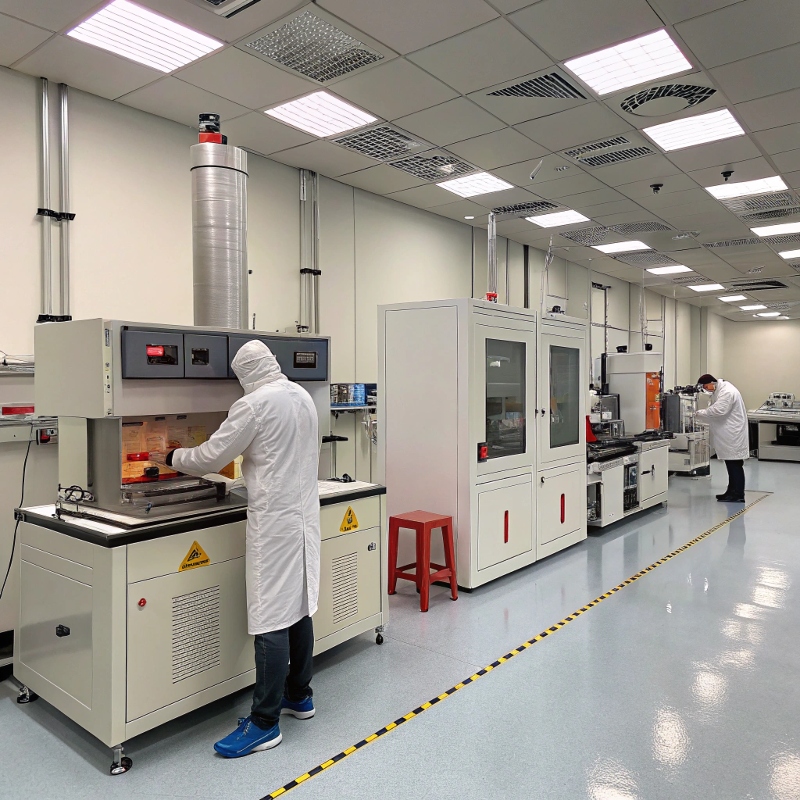
When I first began dealing with global trade, I encountered the Chinese automotive standard JT1095.
It controlled flammability for materials used in vehicle interiors. That included seat covers, dashboard materials, or door panels.
The test involves exposure to an open flame to see how quickly the material catches fire or self-extinguishes.
I remember a project with a Middle East client seeking materials for buses, referencing both JT1095 and their local guidelines.
We used the same approach: trial production, test in certified labs, gather feedback, then fine-tune.
To illustrate some well-known standards:
| Standard | Usage | Key Test Metrics |
|---|---|---|
| JT1095 (China) | Automotive Interiors | Burning rate, flame spreading |
| EN45545-2 (EU) | Railway Interiors | Smoke toxicity, flame spread, heat release |
| CAL TB 117 (US) | Furniture Upholstery | Smolder ignition, open flame ignition resistance |
| BS 5852 (UK) | Furniture Upholstery | Cigarette and match flame tests |
| TB/T 3237 (CN) | High-Speed Rail Interiors | Low smoke, low toxicity, minimal flame spread |
I see these tests as part of responsible manufacturing.
By following them, we protect users and reduce risks.
In my role, I try to help clients navigate these regulations.
That includes checking sample yardages at accredited labs or offering guidance on which test standard is mandatory for their target market.
I have also seen how some producers skip or minimize these steps. That leads to potential liabilities or brand reputation issues.
Shortcuts often cost more in the end. That is why I like to highlight the importance of thorough compliance testing.
Conclusion
I hope these insights bring clarity to common fire proof standards in artificial leather production.
If you want guidance on flame-retardant solutions or sample testing, I am here. Please connect with me, Janet Zhou, at WanDao (www.wdmaterials.com), email me at [email protected], or on WhatsApp at +86 13826915648.

